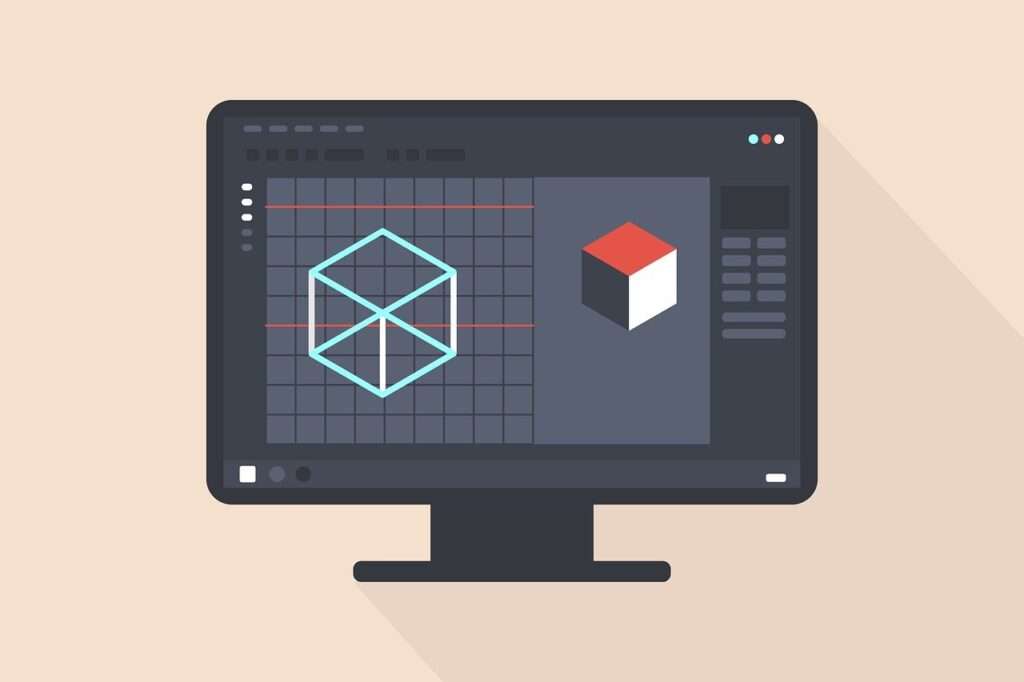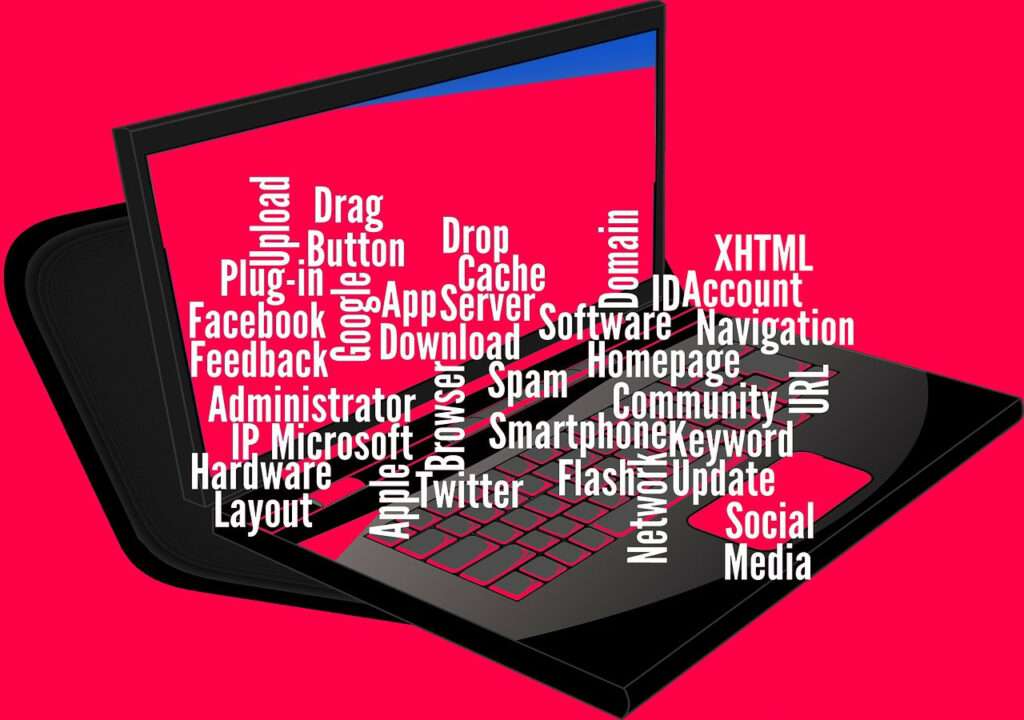Top 10 Free Software Design Tools with User Guides [2025 Edition]

The right design tools can significantly enhance productivity, creativity, and collaboration in software development. Whether you’re a UI/UX designer, developer, or product manager, leveraging free design tools with structured Software Guides can streamline your workflow without financial investment.
This curated list highlights the top 10 free software design tools in 2025, detailing their features, use cases, and official learning resources to help you maximize their potential.
1. Figma

Best for Team-Based UI/UX Design
Figma dominates the design space with its cloud-based platform, enabling seamless collaboration among designers, developers, and stakeholders in real time.
Key Features:
Real-time co-editing for teams
Interactive prototyping with animations
Design systems for consistent branding
Plugins for extended functionality (e.g., Figma to Code)
Software Guides:
YouTube: Figma for Beginners (Figma’s official channel)
2. Adobe XD

Best for High-Fidelity Prototypes
Adobe XD provides a robust platform for wireframing, prototyping, and sharing interactive designs, making it ideal for solo designers and small teams.
Key Features:
Auto-Animate for smooth transitions
Voice prototyping for voice-enabled apps
Adobe Fonts & Stock integration
Software Guides:
Udemy: Adobe XD UI/UX Design Course
3. Canva

Best for Quick Social Media & Marketing Designs
Canva simplifies graphic design with drag-and-drop functionality, offering thousands of templates for social media, presentations, and branding.
Key Features:
AI-powered design suggestions
Brand Kit for logo and color consistency
Collaboration tools for teams
Software Guides:
Coursera: Canva for Business and Marketing
4. GIMP
Best Free Alternative to Photoshop
The open-source GIMP provides a powerful suite of tools for photo manipulation, digital painting, and graphic design.
Key Features:
Customizable interface with plugins
Advanced layer masking
Support for various file formats (PSD, PNG, JPEG)
Software Guides:
YouTube: GIMP Photo Editing Masterclass
5. Inkscape
Best for Vector Illustration & Logo Design
Inkscape is a free, open-source vector graphics editor comparable to Adobe Illustrator, perfect for logos, icons, and scalable designs.
Key Features:
Bezier and Spiro curves for precision
Text-to-path conversion
SVG export compatibility
Software Guides:
Skillshare: Vector Art with Inkscape
6. Blender
Best for 3D Modeling & Animation
Offering a complete 3D workflow for modeling, sculpting, animation, and rendering, Blender is a remarkably powerful tool available at no cost to artists
Key Features:
Cycles & Eevee render engines
Physics simulations (fluid, cloth, particles)
Video editing & compositing
Software Guides:
Udemy: Blender 3D for Beginners
7. Penpot

Best Open-Source Figma Alternative
Accessible through any web browser, Penpot is an open-source design platform that supports SVG editing and facilitates efficient workflows for developers.
Key Features:
Self-hosting capability
Flexible grids & constraints
No vendor lock-in
Software Guides:
GitHub: Penpot Community Tutorials
8. Lunacy
Best for Windows-Based Designers
Designed specifically for Windows, Lunacy is a no-cost graphic design tool that includes AI-powered features and a variety of icons and illustrations.
Key Features:
AI background remover
Sketch file compatibility
Built-in UI kits
Software Guides:
LinkedIn Learning: Lunacy for UI/UX Design
9. Gravit Designer
Best Cross-Platform Vector Tool
As a versatile vector design tool, Gravit Designer is conveniently available for use both online and as a desktop application for Windows, macOS, and Linux.
Key Features:
Non-destructive Boolean operations
PDF & SVG export
Advanced path editing
Software Guides:
YouTube: Gravit Designer Crash Course
10. Darktable
Best for RAW Photo Editing
As an open-source solution, Darktable provides a robust photography workflow, particularly well-suited for professional-grade photo retouching.
Key Features:
Non-destructive editing
Advanced color grading
Tethered shooting support
Software Guides:
Conclusion: Choosing the Right Design Tool in 2025
Selecting the ideal design software is crucial for maximizing productivity, creativity, and collaboration in any digital project. The tools listed in this guide—Figma, Adobe XD, Canva, GIMP, Inkscape, Blender, Penpot, Lunacy, Gravit Designer, and Darktable—each serve unique purposes, catering to different aspects of design, from UI/UX and vector graphics to 3D modeling and photo editing.
Why These Tools Stand Out in 2025
Collaboration & Real-Time Workflow – Figma and Adobe XD lead in team-based design, allowing seamless feedback and iteration.
Accessibility for Beginners – Canva and Lunacy offer intuitive interfaces, making professional design accessible to non-designers.
Open-Source Flexibility – GIMP, Inkscape, and Penpot provide powerful alternatives to premium tools without licensing costs.
Advanced Capabilities – Blender and Darktable support high-end 3D modeling and RAW photo editing, rivaling paid software.
How to Make the Best Choice
Figma and Adobe XD continue to be essential tools for UI/UX designers. Figma’s strength lies in its collaborative features, whereas Adobe XD is particularly adept at high-fidelity prototyping.
For Graphic Designers: Canva (quick designs) and Inkscape (vector work) cover most needs.
For Photographers: GIMP and Darktable offer professional-grade editing without subscription fees.
For 3D Artists: Blender’s continuous improvements make it a top free choice for animation and rendering.
Leveraging Software Guides for Mastery
Each tool comes with official documentation, video tutorials, and community-driven guides to help users at all skill levels. Platforms like YouTube, Udemy, and Coursera provide structured courses, while forums like GitHub and Reddit offer troubleshooting and advanced tips.
Final Recommendation
If you’re a beginner, a good starting point would be Figma or Canva because they are easy to operate. For advanced projects, Blender (3D) or Darktable (photography) provide unmatched depth. The best approach is to experiment with multiple tools before committing to one for long-term use.
As design trends evolve, staying updated with new features and community tutorials will ensure you remain competitive. Whether you’re a freelancer, student, or enterprise designer, these free tools—paired with the right Software Guides—can elevate your work without financial strain.


